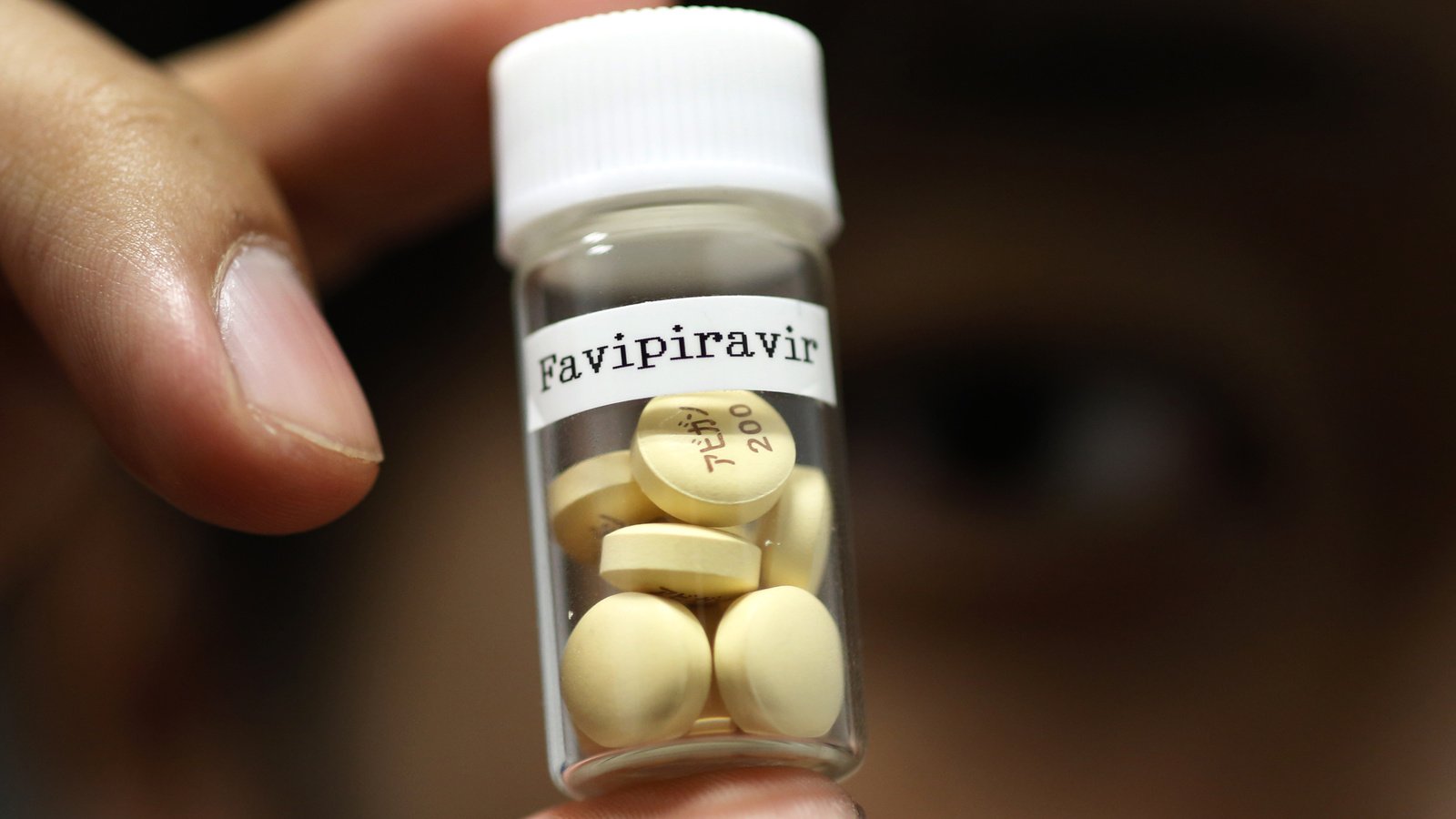Using tax dollars to prop-up and expand on the Indigenous Nutritional Studies into cognitive and fertility control measures through the use of strategic Candida fungal types.
Yes Canada has Secret Chemical Weapons Lab/s… Some domestic, some not…. ” More info below
“Nutritional Studies” is a very broad definition and at first glance / read it seems to be if not good then a benevolent thing, and for the most part through out history it has been and is beneficial. The broad benefits and benevolent thoughts traditionally associated with such studies belies it’s broad and sweeping range of studies and forms of Nutrients including things both natural and GMO.
To put things in perspective Bio engineered pathogens aka Bio-weapons are now largely GMO’s… The self same tech that they are offering you to voluntarily (most unwittingly) put on you and your families plates the affects of which is being studied. The food supply chain is but one way pathogens come to be ingested or people in some way having come into contact with. Arial or localised spraying is a way to deliver pathogens via an airborne delivery.
One of the best ways to rid oneself of a cockroach infestation is to pray and lay down a fungus that targets them and is by all accounts harmless to people but devastating to the roaches.
With this in mind it is not so hard to come to know that harmful and new “designer” / synthetic pathogens are being used, introduced and tested on people, some times within specific ethnic / genome groups. If you made a pathogen such with a target in mind would you not use it and or use it on the target…?
Yeast, it is a natural form of life that people have used for thousands of years as food staple, but not all yeasts are harness or used by us deliberately there are many forms of it, Candida and or Thrush is an example that many will have heard or know about and it is often called a “Yeast infection”. Lungs, sinus cavities, vaginal cavities, your mouth – oral Candidiasis. Yeast is fungal, fungus’s can be lethal if they are not warded off by your natural defences, or treated with antifungal medications.
Yeast is a fungus, and there are many types, some “new”… Yes new. One of the most concerning to healthcare is “C. Auris”, it was just discovered in 2009… Antifungal medications commonly used to treat other Candida infections often don’t work for C. auris. Some C. auris isolates are resistant to all three major classes of antifungal medications.
The question is did they become resistant naturally or has there been labs working at helping it to become a super-strain?Could it be as a result of a “lab leak” like SARS-2 COVID19?
Was there anything (a payload) in the Chinese Balloons that flew over Canada with out as much as news story on it until it the citing’s of it / them where undeniable in the USA. Why did Canada do anything or speak about what they did or did not do if they knew about them being in Canadian airspace?
For Canadians reading this: You may think that Canada the Corporations there of and aka “The Crown” does not fund or preform gain of function research and development of bio weapons. I think it reasonable to say that we are not in a largely known way a bio-weapon super Power.
What we do know is that with our direct flat out academic and private / public sector partnerships have given China, India, Pakistan, Ukrainian, Iran, etc etc., and do not think it to far a stretch for a North Korean Kid or two posing as some other Asian national to be on a student visa even on up to the PhD level for years. Not one of these people and yes actual”Legal Canadians” have to be a researcher in the Bio labs, then can be administrators, etc.. It can even be the guy or gal at the computer sciences campus that secures as much data clandestinely as possible, or a A student working on a Fine Arts Major who is an adept at cyber Espionage.
The Chinese Balloons, not locking out Direct Wuhan and Beijing flights in the beginig of COVID19, despite grounding other transnational flights direct or not, the Chinese Balloons and now the Chinese Election interference.
The following are citations and examples of what we know as a public, there are many things know to many individuals and they go to great lengths to deny it, cover it up, and propagandise against it.
This thread is meant to highlight a timeline of events that connect the Canadian National Microbiology Lab, certain infectious diseases, and China. I’m offering no conclusions, just presenting information.
Please read here for some well buried facts:
Bio-warfare experts question why Canada was sending lethal viruses to China.
On May 4, 2013, the National Microbiology Lab in Winnipeg MB, Canada, received the novel coronavirus from the Erasmus Medical Centre in Rotterdam, the Netherlands. Dr. Frank Plummer confirmed this in a CTV article from May 14, 2013.
A CBC article from May 19, 2013, confirms the virus sent to NML was a Saudi sample. Dr. Plummer said that they were unable to share it with other researchers because of Dutch restrictions. The Saudi researcher who sent the sample to Erasmus was fired.
Canadian Dr. Xiangguo Qiu worked at the National Microbiology Lab and, in 2014, successfully created a drug (ZMAPP) that could treat Ebola. It was given to two missionaries in Liberia who both contracted Ebola. Both survived.

This Council on Foreign Relations article from June 16, 2017, highlights some of the connections between a few of the drug manufacturers. It appears as though the Chinese military got their hands on ZMAPP through a Beijing company called Mabworks. Source: https://www.cfr.org/blog/tale-two-anti-ebola-drugs
National Post article explains how Dr. Qiu and her co-worker worked for Mabworks. They insist that they did nothing untoward by giving the Ebola vaccine over to the Chinese authorities.
The Secret Chemical Weapons Lab At Rideau Falls
Being the Nation’s Capital, Ottawa has always been home to a number of government facilities working on classified projects. These “classified” government projects are developed in secrecy, with details about them not being revealed until years later, if at all. A scenic park beside Rideau Falls may seem like an unlikely spot where one of these projects occurred…but it did, and it was not just any project. It was a secret lab inside an old pulp and paper mill developing and testing chemical weapons.
 An aerial photo of the Chemical Weapons Laboratory that used to be at Rideau Falls.
An aerial photo of the Chemical Weapons Laboratory that used to be at Rideau Falls.
Which leads us to look at what is going on right now!…
WHO releases first-ever list of health-threatening fungi
““Countries are encouraged to follow a stepwise approach, starting with strengthening their fungal disease laboratory and surveillance capacities, and ensuring equitable access to existing quality therapeutics and diagnostics, globally” added Dr Haileyesus Getahun. “
25 October 2022 Departmental news
“WHO today published a report highlighting the first-ever list of fungal “priority pathogens” – a catalogue of the 19 fungi that represent the greatest threat to public health. The WHO fungal priority pathogens list (FPPL) is the first global effort to systematically prioritize fungal pathogens, considering the unmet research and development (R&D) needs and the perceived public health importance. The WHO FPPL aims to focus and drive further research and policy interventions to strengthen the global response to fungal infections and antifungal resistance.
Fungal pathogens are a major threat to public health as they are becoming increasingly common and resistant to treatment with only four classes of antifungal medicines currently available, and few candidates in the clinical pipeline. Most fungal pathogens lack rapid and sensitive diagnostics and those that exist are not widely available or affordable globally.
The invasive forms of these fungal infections often affect severely ill patients and those with significant underlying immune system related conditions. Populations at greatest risk of invasive fungal infections include those with cancer, HIV/AIDS, organ transplants, chronic respiratory disease, and post-primary tuberculosis infection.
Emerging evidence indicates that the incidence and geographic range of fungal diseases are both expanding worldwide due to global warming and the increase of international travel and trade. During the COVID-19 pandemic, the reported incidence of invasive fungal infections increased significantly among hospitalized patients. As the fungi that cause common infections (such as candida oral and vaginal thrush) become increasingly resistant to treatment, risks for the development of more invasive forms of infections in the general population are also growing.
“Emerging from the shadows of the bacterial antimicrobial resistance pandemic, fungal infections are growing, and are ever more resistant to treatments, becoming a public health concern worldwide” said Dr Hanan Balkhy, WHO Assistant Director-General, Antimicrobial Resistance (AMR).
Despite the growing concern, fungal infections receive very little attention and resources, leading to a scarcity of quality data on fungal disease distribution and antifungal resistance patterns. As a result, the exact burden of fungal diseases and antifungal resistance, are unknown, and the response is therefore undermined.
More @ Source: https://www.who.int/news/item/25-10-2022-who-releases-first-ever-list-of-health-threatening-fungi
Here comes the The COVID Angle…
COVID-19-Associated Candidiasis (CAC): An Underestimated Complication in the Absence of Immunological Predispositions?
Source: https://www.ncbi.nlm.nih.gov/pmc/articles/PMC7712987/
Abstract
“The recent global pandemic of COVID-19 has predisposed a relatively high number of patients to acute respiratory distress syndrome (ARDS), which carries a risk of developing super-infections. Candida species are major constituents of the human mycobiome and the main cause of invasive fungal infections, with a high mortality rate. Invasive yeast infections (IYIs) are increasingly recognized as s complication of severe COVID-19. Despite the marked immune dysregulation in COVID-19, no prominent defects have been reported in immune cells that are critically required for immunity to Candida. This suggests that relevant clinical factors, including prolonged ICU stays, central venous catheters, and broad-spectrum antibiotic use, may be key factors causing COVID-19 patients to develop IYIs. Although data on the comparative performance of diagnostic tools are often lacking in COVID-19 patients, a combination of serological and molecular techniques may present a promising option for the identification of IYIs. Clinical awareness and screening are needed, as IYIs are difficult to diagnose, particularly in the setting of severe COVID-19. Echinocandins and azoles are the primary antifungal used to treat IYIs, yet the therapeutic failures exerted by multidrug-resistant Candida spp. such as C. auris and C. glabrata call for the development of new antifungal drugs with novel mechanisms of action.
Keywords: candidemia, candiduria, oral candidiasis, mycobiome”
Author information Article notes Copyright and License information Disclaimer
Copyright © 2020 by the authors.
Licensee MDPI, Basel, Switzerland. This article is an open access article distributed under the terms and conditions of the Creative Commons Attribution (CC BY) license (http://creativecommons.org/licenses/by/4.0/).
Yeast prions: structure, biology, and prion-handling systems
https://pubmed.ncbi.nlm.nih.gov/25631286/#:~:text=Yeast%20and%20fungal%20prions%20are,infectious%20proteins%2C%20or%20prions
PMID: 25631286 PMCID: PMC4402965 DOI: 10.1128/MMBR.00041-14
Free PMC article
Abstract
“A prion is an infectious protein horizontally transmitting a disease or trait without a required nucleic acid. Yeast and fungal prions are nonchromosomal genes composed of protein, generally an altered form of a protein that catalyzes the same alteration of the protein. Yeast prions are thus transmitted both vertically (as genes composed of protein) and horizontally (as infectious proteins, or prions). Formation of amyloids (linear ordered β-sheet-rich protein aggregates with β-strands perpendicular to the long axis of the filament) underlies most yeast and fungal prions, and a single prion protein can have any of several distinct self-propagating amyloid forms with different biological properties (prion variants). Here we review the mechanism of faithful templating of protein conformation, the biological roles of these prions, and their interactions with cellular chaperones, the Btn2 and Cur1 aggregate-handling systems, and other cellular factors governing prion generation and propagation. Human amyloidoses include the PrP-based prion conditions and many other, more common amyloid-based diseases, several of which show prion-like features. Yeast prions increasingly are serving as models for the understanding and treatment of many mammalian amyloidoses. Patients with different clinical pictures of the same amyloidosis may be the equivalent of yeasts with different prion variants.”
Copyright © 2015, American Society for Microbiology. All Rights Reserved.
Affiliations
1 Laboratory of Biochemistry and Genetics, National Institute of Diabetes and Digestive and Kidney Diseases, National Institutes of Health, Bethesda, Maryland, USA wickner@helix.nih.gov.
2 Department of Pharmacology, Uniformed Services University of the Health Sciences, Bethesda, Maryland, USA.
3 Laboratory of Biochemistry and Genetics, National Institute of Diabetes and Digestive and Kidney Diseases, National Institutes of Health, Bethesda, Maryland, USA.
Oral SARS-CoV-2 Spike Protein Recombinant Yeast Candidate Prompts Specific Antibody and Gut Microbiota Reconstruction in Mice
ORIGINAL RESEARCH article
Front. Microbiol., 07 April 2022
Sec. Infectious Agents and Disease
Volume 13 – 2022 | https://doi.org/10.3389/fmicb.2022.792532
Abstract:
“A recent study showed that patients with coronavirus disease 2019 (COVID-19) have gastrointestinal symptoms and intestinal flora dysbiosis. Yeast probiotics shape the gut microbiome and improve immune homeostasis. In this study, an oral candidate of yeast-derived spike protein receptor-binding domain (RBD) and fusion peptide displayed on the surface of the yeast cell wall was generated. The toxicity and immune efficacy of oral administration were further performed in Institute of Cancer Research (ICR) mice. No significant difference in body weights, viscera index, and other side effects were detected in the oral-treated group. The detectable RBD-specific immunoglobulin G (IgG) and immunoglobulin A (IgA) of severe acute respiratory syndrome coronavirus 2 (SARS-CoV-2) and more complex microbiota were detected from oral administration mice compared with those of the control group. Interestingly, the recombinant yeast was identified in female fetal of the high-dose group. These results revealed that the displaying yeast could fulfill the agent-driven immunoregulation and gut microbiome reconstitution. The findings will shed light on new dimensions against SARS-CoV-2 infection with the synergistic oral agents as promising non-invasive immunization and restoring gut flora.”
Source: https://www.frontiersin.org/articles/10.3389/fmicb.2022.792532/full




